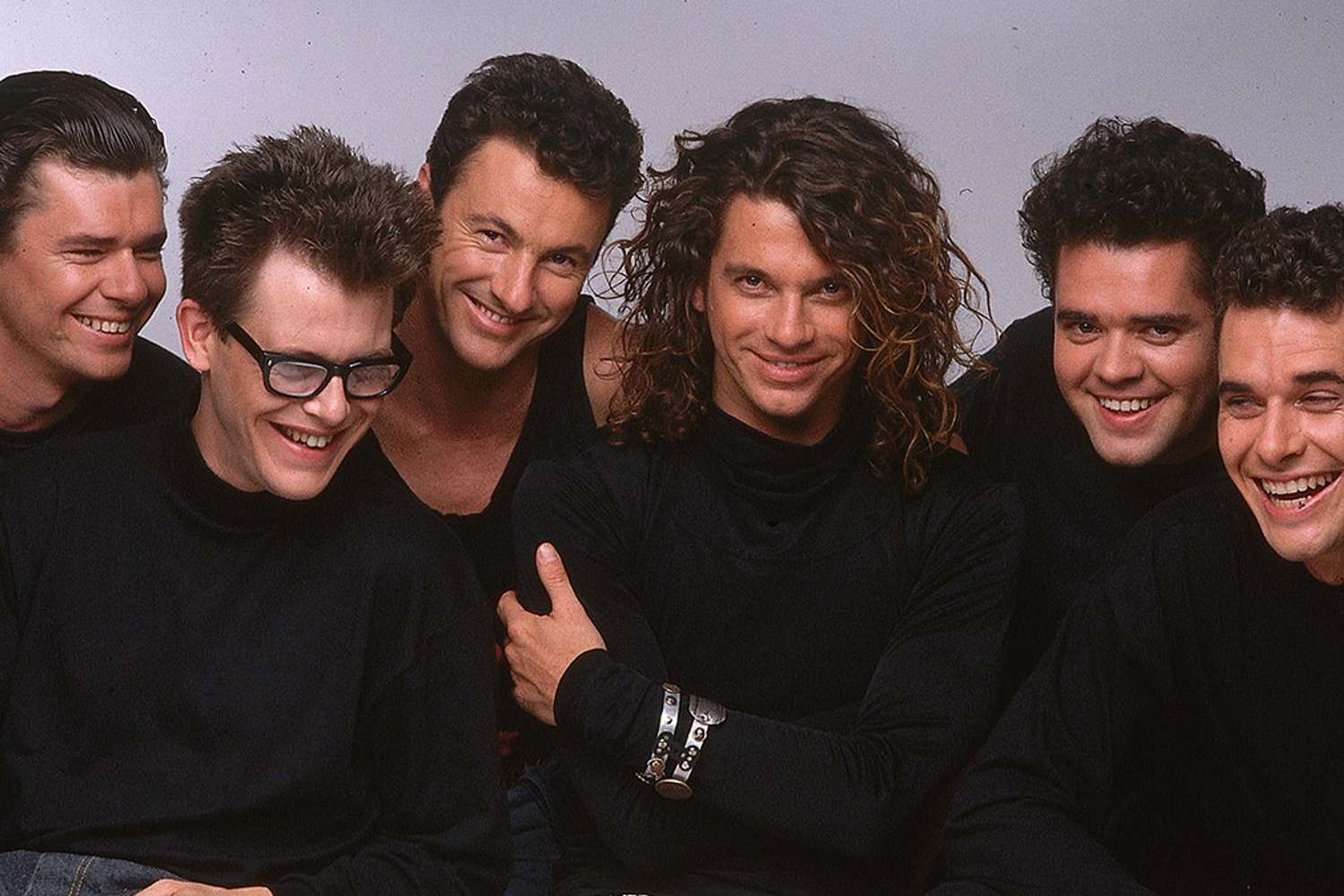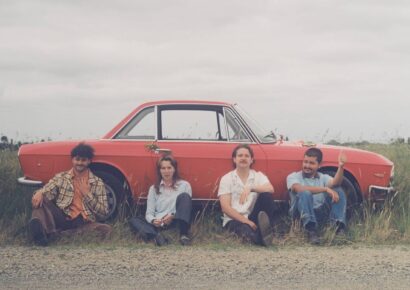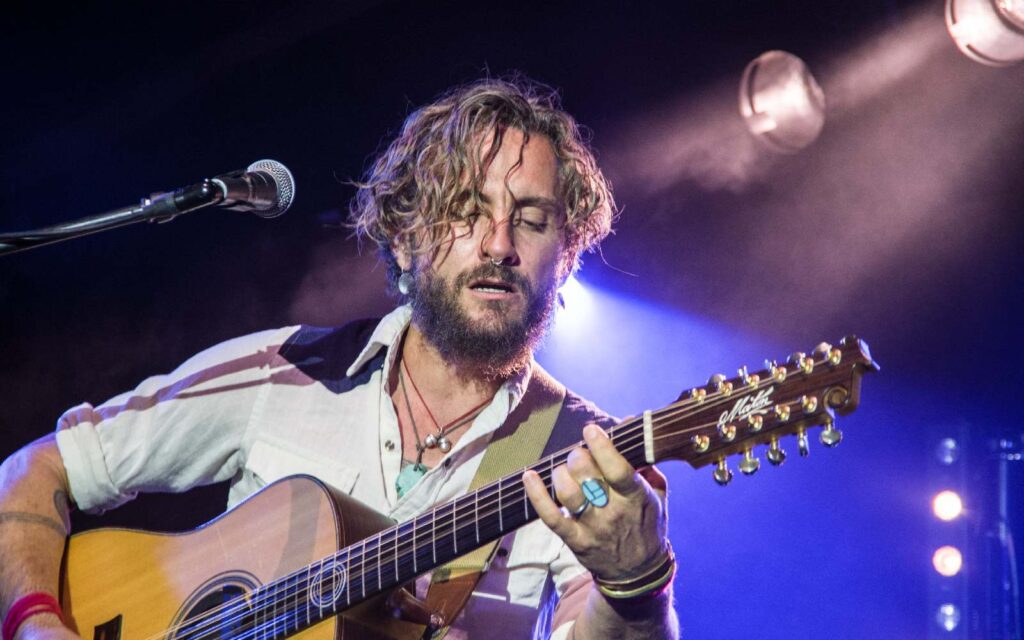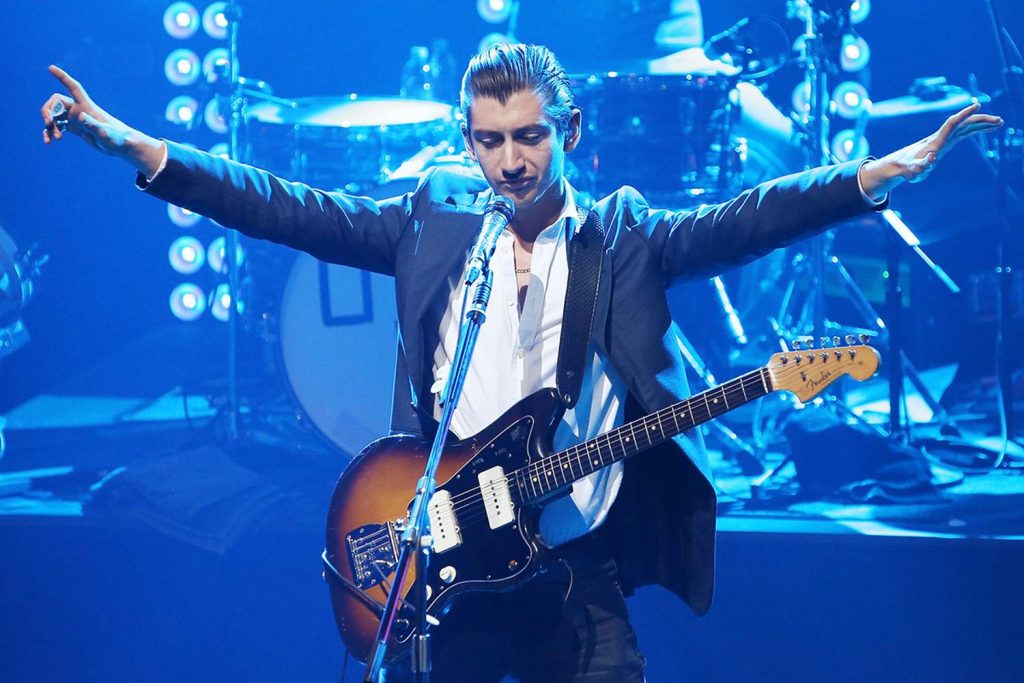The 80’s saw the mainstream adoption of MIDI, sampling, drum machines and other distinct musical compositions that remain largely popular among musos today, as well as one of the greatest Australian bands to top the rock ‘n’ roll charts in their time.
Originally debuting as The Farriss Brothers in 1977 at a houseparty in Whale Beach just 40km north of Sydney, INXS became a global hit over the span of their music career, going on to sell out Wembley Stadium in 1991 to a humble audience of 74,000 fans. The band consisted of brothers Andrew Fariss, Jon Farriss and Tim Farriss, playing synths and keyboards, drums and lead guitar respectively, as well as Garry Gary Beers on bass, Kirk Pengilly on sax and the late Michael Hutchence singing lead vocals.
Read all the latest features, columns and more here.
Early shows saw the iconic group performing a mix of covers as The Farriss Brothers, playing at Alley Cat Wine Bar in North Sydney in 1979. The group of talented musos performed with the swagger of early rock groups like the Rolling Stones, paired with the high octane energy of early punk; their performance as a band was tight, and Hutchence’s voice carried them through some iconic pieces, like The Doobie Brothers “Long Train Running”, Roxy Music’s “Love is the Drug”, and Steve Miller Band’s “Jet Airliner”.
Becoming internationally recognised at a time where fat, warm and electric sounds were largely celebrated and included in tracks across many genres, INXS’s Andrew Farriss took the band’s success to new lengths with his knowledge and talent of synthesizers, which broadened the group’s sound, set against the same guitar licks, riffs and drumbeats of rock n’ roll the band grew on.
After rebranding to what would become the household name of INXS in 1979, and making a concerted effort to tour the world relentlessly, the group entered the eighties with their first single “Simple Simon” in May of 1980, which saw Farriss using a Roland JUPITER-4, giving “Simple Simon” a warm, chunky, and fast-paced electric sound, evocative of synth pop, new wave and other emerging styles of the late seventies and eighties, but remaining true to the band’s rock ‘n’ roll origins.
The JUPITER-4 was introduced in 1978 and kicked off the legacy of Roland’s analog polysynths, with Roland introducing a JUPITER-4 software made with modern enhancements to capture the early analog sound of the first synthesizer to carry the JUPITER name.
Distinctive sounds appearing in later albums and singles by the band were made popular and fitting of the times by Farriss’ use of the Korg M1, the Korg T series and some Yamaha KX76’s and KX88’s, all of which remain a popular choice for musos of the modern age.
“Don’t Change”, released as a single for the band’s 1982 album Shabooh Shabooh saw Farris using Roland’s Juno-60, as well as a Sequential Prophet-5 on the studio recording. Farriss opens the song, which is described as making the band internationally recognised, with the Roland Juno-60, manufactured between 1982 and 1984, following the release of the almost identical Juno-6 released a couple of months earlier. The Juno-60 used an analog 24dB/oct resonant, low-pass and non resonant high-pass filter with 61 keys and 6 polyphony voices, implemented with an on-board chorus effect and a high-pass filter to boost the bass level in its lowest position. Although providing success for the iconic Aussie rock group, the Juno-60 was most popular with 80s pop house and later 90s techno music.
The 61-key Prophet-5, created in 1977 by Dave Smith and John Bowen at Sequential Circuits allowed users like Farriss to store sounds and recall them at an instance, creating a “standard package of familiar sounds” against the former synthesizers which created unpredictable sounds at random. The Sequential machine came fitted with a 4-pole resonant low-pass filter and left-handed controls for pitch and modulation.
Online forums circulating the web today claim that Farriss is a fan of Japan’s Korg synths, which were made up of circuitry and mechanical parts borrowed from major partner Yamaha. “New Sensation”, the third single off the group’s sixth studio Album Kick saw Farriss using a Korg T series (either T1, T2, or T3) for live performances, such as at their aforementioned sold out show at Wembley Stadium in 1991.
The Korg T Series came armed with 61 notes on the T3, 72 on the T2 and 88 on the T1, with the T1 sitting nicely between the synth and piano-style keyboard with its wooden weighted variety, but the three synths match on synthesis capability, effects processing and sequencing power. Farris played Wembley using a pair of maracas in one hand providing percussion backup, using his free hand to add twang and vibrato to the melodic line between verses.
Roland’s TR-707 had a big role to play in the success of the band’s iconic hit “Need You Tonight” after Farris had a cab driver wait an hour for him to write and record the infamous and slick muted guitar lick that appears against the distinctive smack of the TR-707’s rimshots. The group’s smash hit was created mere months after Roland’s TR-707 1985 debut, with the drum machine’s percussive slap and electric guitar lick laid against Hutchence’s smooth vocals getting the single to number one on the Billboard Hot 100 in 1987 and two on the UK’s Singles Chart in the same year, creating a signature piece for the band. The single worked to summarise Farriss’ talent as a guitarist and a master of simple drum loops, and the band’s suave nature, captured by the “Need You Tonight” music video, which went on to win five MTV Music Awards in 1988.
The TR-707 differs from its predecessor, the TR-808, manufactured between 1980 and 1983, using samples of recordings of actual acoustic instruments, as opposed to the individually synthesized samples on the TR-808. The TR-707 comes equipped with four levels of shuffle, operating globally on rhythm and flam to be applied to any step and offers 64 programmable patterns and a full kit, including bass, snare, low, high, and mid toms, the rimshot, cowbell, hand clap, tambourine, open and closed hi-hats, crash and ride cymbals, and an additional accent function, serving to rhythmically modify the volume of the other elements.
While Hutchence left us all too soon, the band’s iconic sounds remain with audiences globally. Deviating from the band’s more analog temperament with a heavy electronic sound, “Need You Tonight” can’t help but make you want to dance, “Don’t Change” is an expertly crafted tune made iconic by Hutchence’s vocals, Jon Farris’ heavy drumbeat and Andrew’s expert use of the synth, and “New Sensation” is an era-defining classic showing as nothing but perfect on Wembley Stadium’s Stage.







